|
The title of the article posted on the Huffington Post captured my attention: "Nine Elephants in the (Class)Room That Should Unsettle Us". Having taught in classrooms that barely hold students, their desks, and mismatched bookcases, I imagined nine pachyderms crammed into a meager box, vying for space with the teacher and students. Teaching and learning would pretty much be impossible! And perhaps that is the image the author Will Richardson wants us to have so we can confront the question he wants us to ask: How can we keep ignoring nine large land mammals in the same classroom as our children? Here is Richardson's list of the nine elephants: 1. We know that most of our students will forget most of the content that they “learn” in school. 2. We know that most of our students are bored and disengaged in school. 3. We know that deep, lasting learning requires conditions that schools and classrooms simply were not built for. 4. We know that we’re not assessing many of the things that really matter for future success. 5. We know that grades, not learning, are the outcomes that students and parents are most interested in. 6. We know that curriculum is just a guess. 7. We know that separating learning into discrete subjects and time blocks is not the best way to prepare kids for the real world. 8. We know (I think) that the system of education as currently constructed is not adequately preparing kids for what follows if and when they graduate. 9. And finally, we know that learning that sticks is usually learned informally, that explicit knowledge accounts for very little of our success in most professions. In his article, Mr. Richardson supports each of the troubling statements with a brief description. You can find his article by clicking here. You can know more about him here. You may or may not agree with each of the elephants he poses, and you may even have some more of your own. But in any case, we need to figure out how to tame these elephants, or better yet, release them into the wild and set them free! This is no easy feat, and it would take time, and money, and resources, not to mention, the decision to actually do something about it! We all have our opinions of how to tackle it, and this particular blog post simply offers one way that you can do something about it. While the elephants occupy space, and prance about the classroom, wreaking all sorts of havoc with short and long term repercussions, perhaps as a parent, and not as a policy-maker, you can choose to take your child out of the classroom and do what 2.3 million families in the US are currently doing: homeschooling. Let's look at each of those elephants again, and how homeschooling gets those pachyderms packing! 1. We know that most of our students will forget most of the content that they “learn” in school. Richardson poses that the reason students forget most of what they learn is due to the fact that the content they are expected to know has "little or no relevance to students’ real lives". When schooling at home, every day at "school" is an experience of every day family life. So when a homeschool parent has the agility to turn gardening, cooking, and shopping for food into lessons in botany, social studies, and economics, then learning becomes relevant, and there is a higher chance of the child retaining the "content" because it is a real world experience. 2. We know that most of our students are bored and disengaged in school. According to Richardson's article, only 17% of high school students surveyed said that they have fun in school. The majority are not involved and are not enthusiastic about school; they are disengaged and bored. At home, we don't like using the word "bored"! There are just too many activities to choose from to fill time with, even if that time filler is simply folding clothes. Every family member is an active participant. And unlike a classroom with 20+ students, a home is more responsive to the imaginations and inclinations of your own children. In your own home, you have the flexibility for spontaneity, and the freedom to guide and inspire your child towards fruitful endeavors. With the freedom as well for the child to choose his or her activity, including having down-time, playing with siblings, and just letting imaginations flow through self-initiated activities, enthusiasm is not hard to come by! 3. We know that deep, lasting learning requires conditions that schools and classrooms simply were not built for. Classroom learning is subjugated to keeping on task, on time, on content, and as such learning can become superficial, rushed, and contrived. Educators are obligated to follow a a prescribed course. With homeschooling, there is more freedom, and learning is opened up to the how (process of skill development) and the why (capacity building) compared to just the what (content acquisition). This experience of discovery and wonderment is found in the homeschool setting. By virtue of the breadth of resources that a parent educator can pull from, and that the sensory world is available at any given moment, every step of the homeschool journey is an opportunity to create new pathways. It is like unfolding a map, finding where you are, and seeing that in every direction there is something waiting to be explored! Without pre-determined routes, our thinking and feeling become active participants, allowing for meaningful and memorable learning experiences. A home seems to be better built for "deep, lasting learning". 4. We know that we’re not assessing many of the things that really matter for future success. It is easy to assess curriculum recall and basic skills acquisition in K-12 schooling, but are these the most important? What are difficult to assess - the things that matter more - are creativity, curiosity, and the ability to connect. So, are assessments even worthwhile doing, or if they are valuable, is there a way to measure creativity, curiosity, and connection? As a parent educator who knows the temperament of his or her own child, and can monitor progress and learning in a more organic and practical way, administering a test seems detached from the real experiences of the child. If a homeschooling parent can ask the child to add up items from the grocery store, or explain why the shadows look the way they do on their afternoon stroll, or draw a picture of a historical figure, then those serve well as assessments of learning. 5. We know that grades, not learning, are the outcomes that students and parents are most interested in. Grades are a convenient way to scale the progress of a student, but how much importance should we place on them? The higher grades feed the sense of extreme pressure, the lower grades fan the feelings of shame and disappointment. Whatever the grade, when a grading system is carried through high school and college, it leaves an indelible mark upon the child, the teen, the young adult - an artificial measure of human worth and value. Grades? Huh? Freed from grades as a measure of success, the homeschool student instead gains a sense of personal accomplishment in the feedback of working through lessons and completing lessons and projects. With gentle evaluation and encouragement, the homeschool parent can help the student improve skills and techniques, and take ownership of personal learning outcomes. So instead of external, superficial drivers of education such as grades, the learning comes from an internal, deeper driver, the self. Self-worth and self-esteem are built through through perseverance, responsibility, passion - true measures of being human. 6. We know that curriculum is just a guess. Richardson describes the 1894 "Committee of Ten" as "middle-aged white guys," who were responsible for setting down the curriculum we follow today. Whether from them or from other movements in education, including Waldorf, curriculum should never become dogmatic, dispensed to the masses by a charismatic, powerful, and highly opinionated few. But, as Richardson bravely states, curriculum "is just a guess." And the other point Richardson makes is that, with information so accessible, it seems that we can shift classroom time to other endeavors such as building capacities of learning. In homeschooling, capacity and content can be equally nurtured. The parent has a more intimate connection with the pupil, so that while the parent may be following current grade-level standards, delivery of curriculum is more capacity-oriented. When learning is approached this way, we can shift the focus from being curriculum-oriented to capacity-oriented and interest-directed. If curriculum is "just a guess" anyway, then we could approach the learning of content by looking at what the child seems most interested in, what seems relevant, socially-responsible, moral, and just plain fun to learn! 7. We know that separating learning into discrete subjects and time blocks is not the best way to prepare kids for the real world. Schools are skills-driven, and therefore the neatest way to account for learning objectives is by discrete subjects, and the neatest way to assure that curriculum is being met is by linear time blocks. Homeschooling allows for a less linear approach because parent educators are not so bound by a checklist of skills. They can have a more holistic perspective of their own children in terms of developmental milestones. Homeschooling encourages a spherical journey. It can allow for cross-discipline learning and integration. The real world is fluid, dynamic, and interconnected. Homeschooling thrives on an integrated learning model. Learning human anatomy, for instance, does not have to be a semester subject in middle school or high school, or a four-week block in a Waldorf school. The child who is learning at home can learn about the human ear, for instance, after reporting that the car ride back from the mountains his hearing seemed muffled. A homeschooling parent has to be an opportunist - seeing learning everywhere, and connecting real-world experience with teachable concepts. 8. We know (I think) that the system of education as currently constructed is not adequately preparing kids for what follows if and when they graduate. Richardson states, "SAT scores are flat; Americans rank last in problem solving using technology; kids are Internet illiterate; most professors find high school grads unprepared for college or work; and on and on (not to mention the engagement issues mentioned above)." Maybe what is being taught is not what is being tested. Maybe what is being tested does not align with what students are expected to know. Maybe what we ought to know in the future is not something anyone can or should predict and prescribe. There are so many uncertainties here that the system of education almost feels like it needs a complete overhaul. And until that time when it can be examined and the right actions taken, we have to be adaptive, open, creative, resilient, flexible, aware, sensitive, keen, intuitive, imaginative, inspired, innovative. Wow! All things homeschooling affords - go figure! 9. And finally, we know that learning that sticks is usually learned informally, that explicit knowledge accounts for very little of our success in most professions. Richardson believes that "the ability to learn from others, in the moment, both face to face and in networks is vastly more important and effective." Teachers are trained to create lesson plans a year or mroe in advance, to have the curriculum all laid out, with biographies and concepts all prepared, with worksheets, lectures, and tests ready to go. It's a sensible plan, but maybe not necessarily the only or most fruitful plan. There should be room for spontaneous and extemporaneous learning where it seems that a lasting impression happens because it happened at the right moment with the right conditions that no one can foresee. It's about going with the flow. Homeschooling, though there is a good measure of preparedness and planning, has the benefit of allowing for learning that happens "in the moment". The interactions of child and parent, siblings, a pet, the neighbor, the errands to the store, or those things that just come up in a homeschooling day are often unplanned and yet, somehow, they become the most memorable and meaningful to the homeschooling child. Meaningful. When we don't know where the future will take us, and when we don't entrench ourselves too deeply with the workings of the past or the prescribed, we can be more present. For the kids. Homeschooling gives us this kind of time with our kids. At the center is not the aim for grooming leaders and entrepreneurs or historians and scientists. Just for meaningful time as a family. Everything else follows. And as a homeschooling family in our humble home, there's just no room for elephants. Blessings, Rick Tan Comments are closed.
|
Archives
June 2023
|





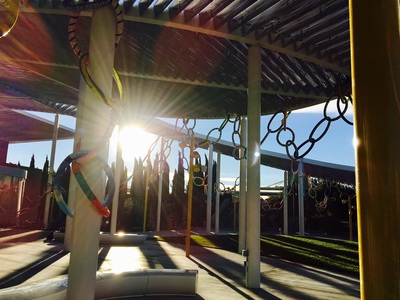

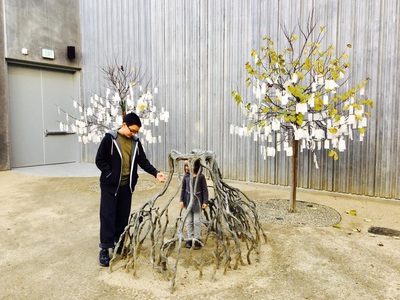


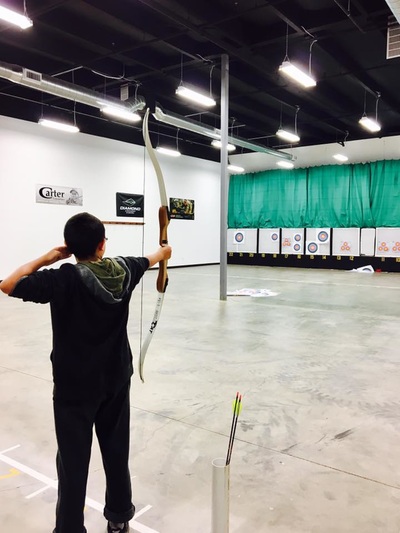
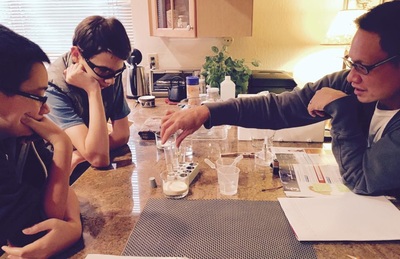






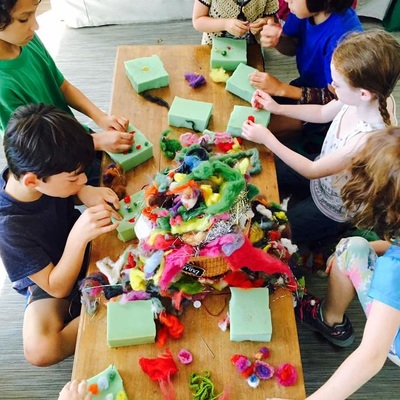


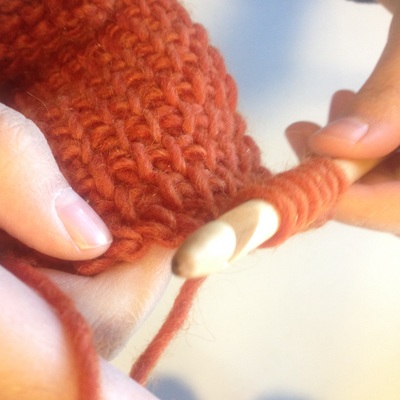





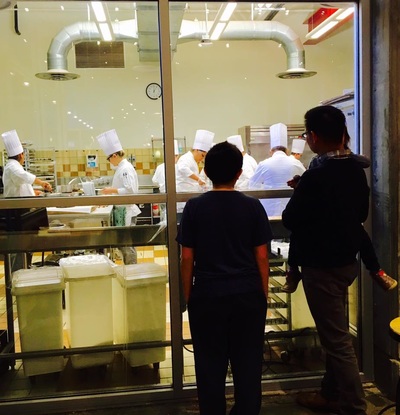




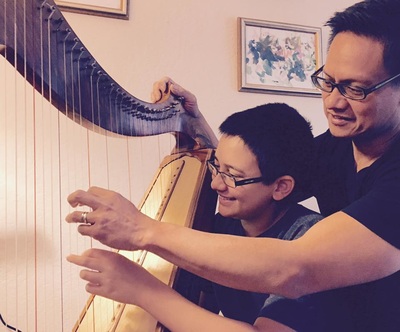

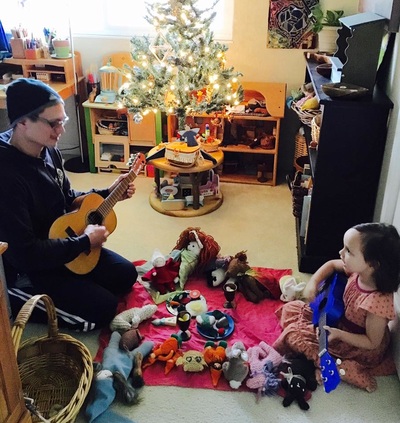
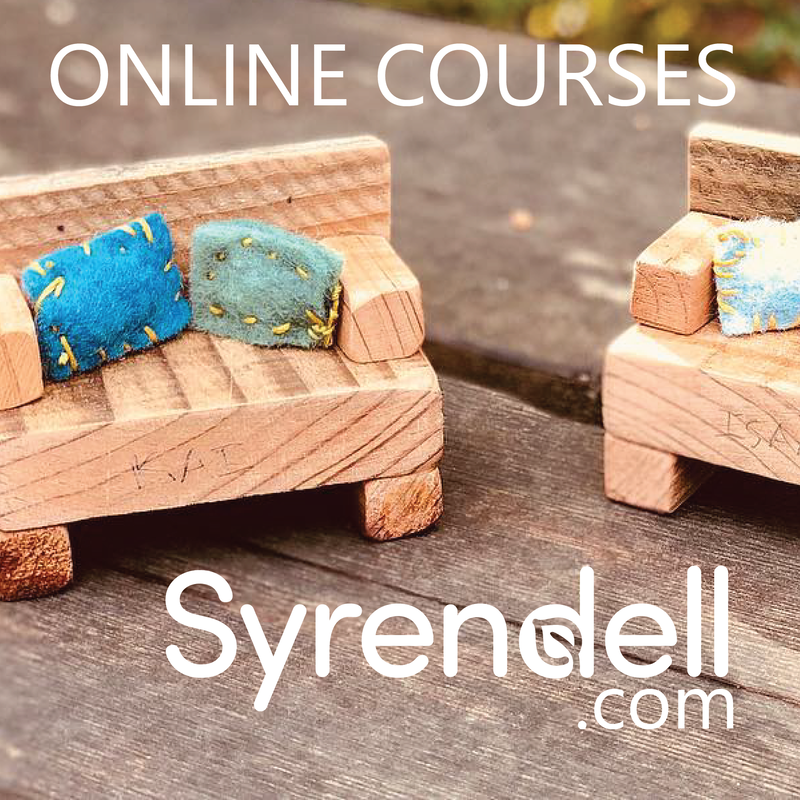
 RSS Feed
RSS Feed
